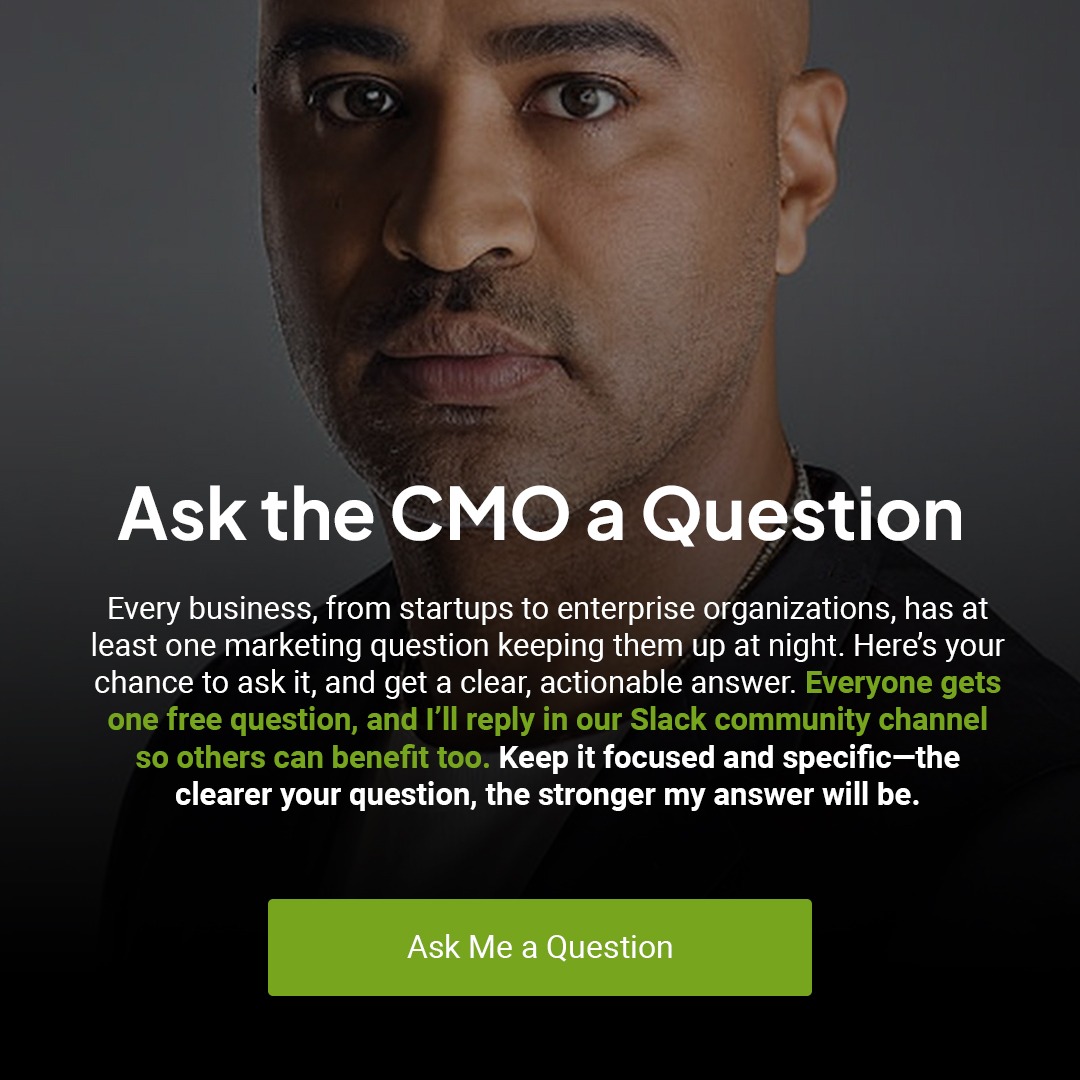Cold emails have a terrible reputation—and in many cases, it’s well earned. The average inbox is flooded with lazy, templated pitches from strangers asking for something without offering anything meaningful in return. So yes, cold email is ignored, deleted, or marked as spam. But not because it’s dead. Because it’s misused.
Done well, cold email is still one of the most effective and low-cost ways to start conversations, open doors, and generate pipeline. But ‘done well’ is the operative phrase—and most people are doing it poorly. If you’re copying and pasting the same pitch to 500 people, you’re not cold emailing. You’re cold spamming.
This article breaks down what makes cold email actually work in 2025—and why thoughtful outreach beats automation every time.
Why Most Cold Emails Don’t Work
If cold email feels ineffective, it’s likely because you’re making the same mistakes countless marketers repeatedly make: generic subject lines, impersonal messaging, poor targeting, and failing to offer real value. Recipients can spot template-driven, mass-produced emails instantly—and immediately dismiss them as spam.
To succeed with cold email, marketers must move beyond old-school tactics that focus purely on quantity and automation. Modern cold emailing is about quality, thoughtful personalization, relevance, and authenticity—exactly the points outlined in Transmyt’s 2025 Marketing Playbook.
Crafting Cold Emails People Actually Want to Read
Effective cold emails share several common elements. They’re concise, targeted, personalized, and clearly demonstrate value for the recipient. If your cold email is written with these factors in mind, your message immediately becomes more compelling.
A good cold email quickly communicates who you are, why you’re reaching out, and why the recipient should care. Personalized details—like referencing specific business challenges, industry news, or recent content published by the recipient—make your outreach relevant and authentic.
The Power of Personalization in Cold Emails
One-size-fits-all cold emails rarely achieve results. Effective cold emails speak directly to individual recipients’ unique situations, roles, or interests. Personalization signals that you’ve done your homework, genuinely understand your audience, and respect their time.
For example, referencing a recipient’s recent article or social media post instantly demonstrates effort and genuine interest. Small touches of personalization substantially increase the likelihood your email will be read and responded to positively.
How to Write Cold Emails That Convert
The most effective cold emails follow a clear structure that grabs attention, establishes credibility, communicates value, and includes a clear call to action.
Begin with a subject line that’s short, intriguing, and directly relevant. Avoid vague or salesy headlines—clarity and direct relevance win far more often than cleverness.
Next, your opening line should be personalized and quickly establish relevance. Clearly state who you are, why you’re reaching out specifically to them, and the unique value you offer.
Keep your message concise and to the point—two to three short paragraphs at most—and always include a clear next step. This might be scheduling a brief call, sharing a valuable resource, or inviting further conversation.
Leveraging Value-First Strategies
Successful cold emails always lead with value rather than selling. Offer recipients something genuinely useful upfront—a helpful insight, industry-specific data, or relevant content that immediately benefits them.
For example, providing recipients with actionable market insights or valuable content resources shows your intent to deliver real value, not just a sales pitch. Recipients who perceive immediate value are far more likely to engage positively.
As discussed in Transmyt’s guide on effective omnichannel marketing, integrating these value-first principles into cold email campaigns dramatically increases success rates.
The Importance of Follow-Up in Cold Email
A single cold email often isn’t enough to generate a response—no matter how compelling. Effective cold email campaigns always include thoughtful, well-paced follow-up messages.
Your follow-up emails should be brief, respectful, and consistently focused on value. Avoid simply repeating your original message; instead, offer additional insights, resources, or context. Thoughtful follow-ups demonstrate genuine interest without becoming intrusive.
Common Cold Email Mistakes to Avoid
Even well-crafted cold emails can fail if marketers inadvertently make certain mistakes. Avoid these common pitfalls:
- Being overly salesy
- Sending emails without clear calls to action
- Lack of personalization or context
- Not optimizing for mobile
Avoiding these mistakes makes your cold email approach significantly more effective.
Real-World Examples of Successful Cold Emails
Real-world examples prove that cold email, done right, still produces exceptional results. Consider a technology firm aiming to attract enterprise clients: rather than generic outreach, their cold emails include personalized insights about the recipient’s industry challenges, offer targeted solutions, and consistently include valuable, relevant content. This approach has significantly boosted engagement and led directly to increased sales opportunities.
Another example is a marketing consultancy whose cold emails offer concise, actionable strategies specific to the recipient’s recent business activities. Their precise targeting and value-first approach have drastically improved response rates and new business opportunities.
Ethical Considerations and Best Practices
Effective cold emailing also requires ethical practices. Always comply with applicable regulations, such as GDPR and CAN-SPAM, respect recipients’ privacy, and ensure transparency about who you are and why you’re contacting them. Ethical cold emailing isn’t only responsible—it builds trust, enhances credibility, and delivers sustainable results.
Practical Steps to Revitalize Your Cold Email Campaigns
To dramatically improve your cold email effectiveness:
- Research and personalize every message to reflect genuine understanding of recipients.
- Lead with clear, immediate value rather than aggressive selling.
- Craft concise, mobile-friendly emails with clear calls to action.
- Include thoughtful, consistent follow-ups.
These straightforward adjustments transform cold emails from ineffective spam into valuable business-building tools.
Conclusion: Reviving the Power of Cold Emails
Cold email isn’t dead. Far from it—when executed correctly, it’s among the most powerful marketing strategies available. By embracing personalized, value-first outreach, avoiding common pitfalls, and committing to ethical practices, marketers can harness cold emails to consistently generate meaningful engagement, leads, and business opportunities. Modern cold emailing isn’t about volume or automation—it’s about authentic, personalized communication. With the right approach, cold email remains a highly effective tool, turning prospects into engaged clients and meaningful business relationships
Keep Reading
Want more? Here are some other blog posts you might be interested in.
On Monday, October 20, 2025, Amazon Web Services experienced a major incident centered in its US-EAST-1 region. The problem began in ...
There is a certain kind of account that arrives wrapped in urgency and praise. They hire you because you are the ...
Entrepreneurship rewards the steady hand. Results surge, then stall, then surge again. If your energy, decision quality, and communication track those ...
For founders and growing companies
Get all the tips, stories and resources you didn’t know you needed – straight to your email!




